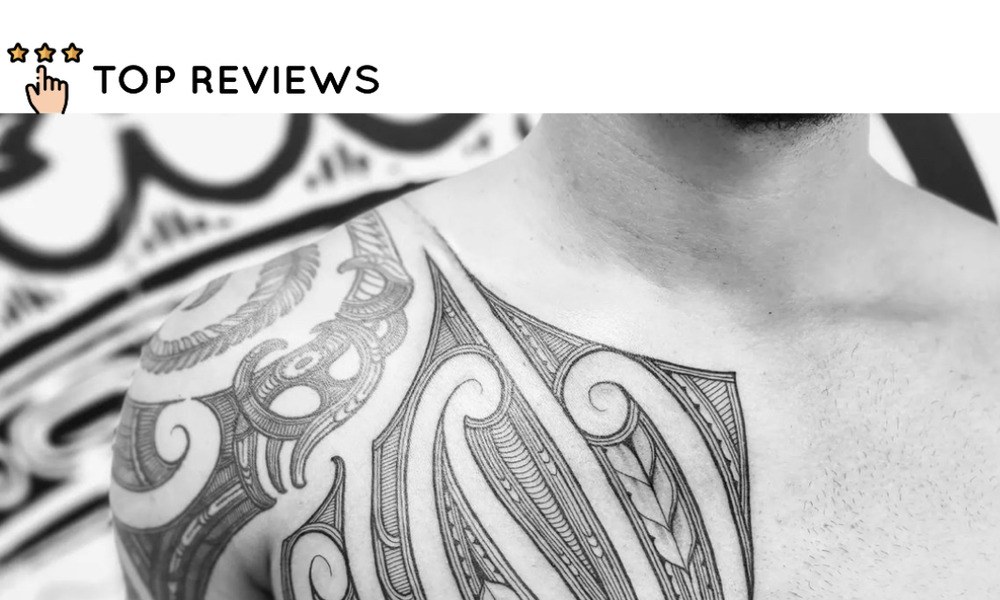What is the difference between Ta Moko and Kirituhi?
Do you know that the traditions of Ta Moko and Kirituhi are much more than just skin deep? They’re rich, symbolic forms of body art deeply rooted in the Maori culture of New Zealand.
While they may seem similar to the untrained eye, they hold distinct meanings and purposes. So what is the difference between Ta Moko and Kirituhi?
The difference between Ta Moko and Kirituhi is that the former is the traditional Māori tattoo art meant for the Māori. It is tied to personal stories and cultural heritage.
Kirituhi, by comparison, is a contemporary version that can be applied to non-Māori. While inspired by Ta Moko designs, it’s not subject to the same cultural restrictions.
We’ll take a closer look at the differences between Ta Moko and Kirituhi.
Ta Moko vs Kirituhi: Placement on the Body
While both Ta Moko and Kirituhi are forms of Maori tattooing, Ta Moko follows strict placement traditions while Kirituhi is more flexible, with placement choices being made mainly for aesthetic purposes.
Ta Moko
The placement of Ta Moko is significant and follows traditional guidelines. Traditionally, men receive Ta Moko on their faces, buttocks, thighs, and arms. Women traditionally wear it on their chins and lips, and sometimes on the neck and back.
Kirituhi
Kirituhi was developed as a way for non-Maori (Pakeha) to get ‘Maori-inspired’ tattoos in a way that doesn’t infringe on Ta Moko. This means that Kirituhi can be placed anywhere on the body as it’s more of an aesthetic choice rather than a reflection of identity or status.
Ta Moko vs Kirituhi: Tools and Techniques Used
Ta Moko uses traditional tools like chisels, but Kirituhi uses modern tattoo needles instead.
Ta Moko
Ta Moko was traditionally applied with chisels made from albatross bone, which were used to carve the design into the skin. This process was often a rite of passage, marking important events or transitions in the individual’s life.
Kirituhi
While the tools used for Kirituhi can be the same as those used in Ta Moko, modern tattoo machines are often used instead.
Ta Moko vs Kirituhi: Cultural Significance and Meaning
Ta Moko is a sacred practice reserved for individuals of Maori descent, while Kirituhi allows non-Maori individuals to appreciate and respect Maori culture through body art.
Ta Moko
Ta Moko is a form of body art that is deeply rooted in Maori tradition. It was traditionally used to signify a person’s rank, genealogy, tribal affiliation, status, and achievements. Each Ta Moko design is unique to the individual and tells a specific story about them.
Even today, Ta Moko is seen as a physical manifestation of a person’s identity and heritage. In fact, the process of receiving a Ta Moko is considered a rite of passage and involves a spiritual component.
The artists, or tohunga ta moko, are often highly respected individuals within the Maori community.
Kirituhi
On the other hand, Kirituhi, which translates to “skin art,” is a style of tattooing with Maori influences that non-Maori people can wear. It’s a way for non-Maori individuals to appreciate and connect with Maori culture in a way that is appropriate and respectful.
Ta Moko vs Kirituhi: Characteristics and Designs
Ta Moko and Kirituhi often appear to use similar designs, but the former uses motifs more purposefully: there’s a specific meaning for each one used and it’s always tailored to the individual’s story. Kirituhi is often more focused on aesthetics, by comparison.
Kirituhi
Every design in Kirituhi has a specific meaning. They often tell stories about the wearer’s ancestry, achievements, and personal journey.
- Complex Patterns: Kirituhi designs include intricate patterns made up of lines, spirals, and shapes. These patterns are known as koru, kape, raurau, and unaunahi.
- Koru: This spiral design symbolises new beginnings, growth, and harmony. It’s inspired by the unfurling fern frond found in New Zealand.
- Kape: These are chevron patterns that may symbolise strength, courage, or achievement.
- Raurau: This pattern resembles the woven baskets and represents the nurturing nature and unity.
- Unaunahi: These fish scale patterns symbolise abundance and health.
Ta Moko
Common designs include the koru, which represents an unfurling silver fern and symbolically represents a new life or the unfolding of someone’s life. Other common motifs include patterns inspired by natural elements such as fish hooks, which are a popular symbol in Maori culture.



